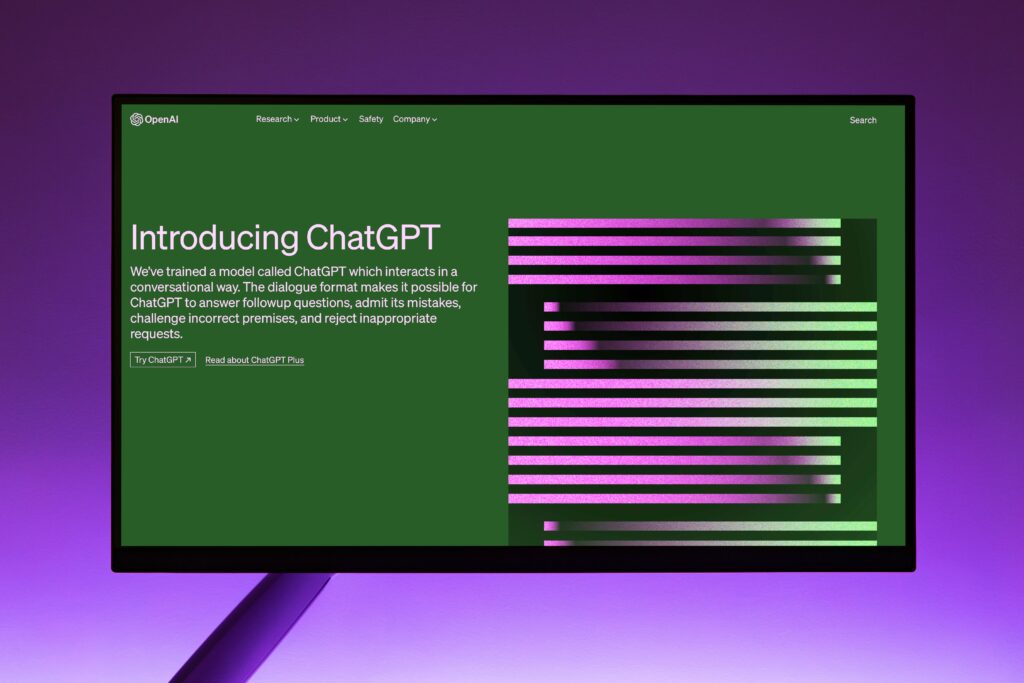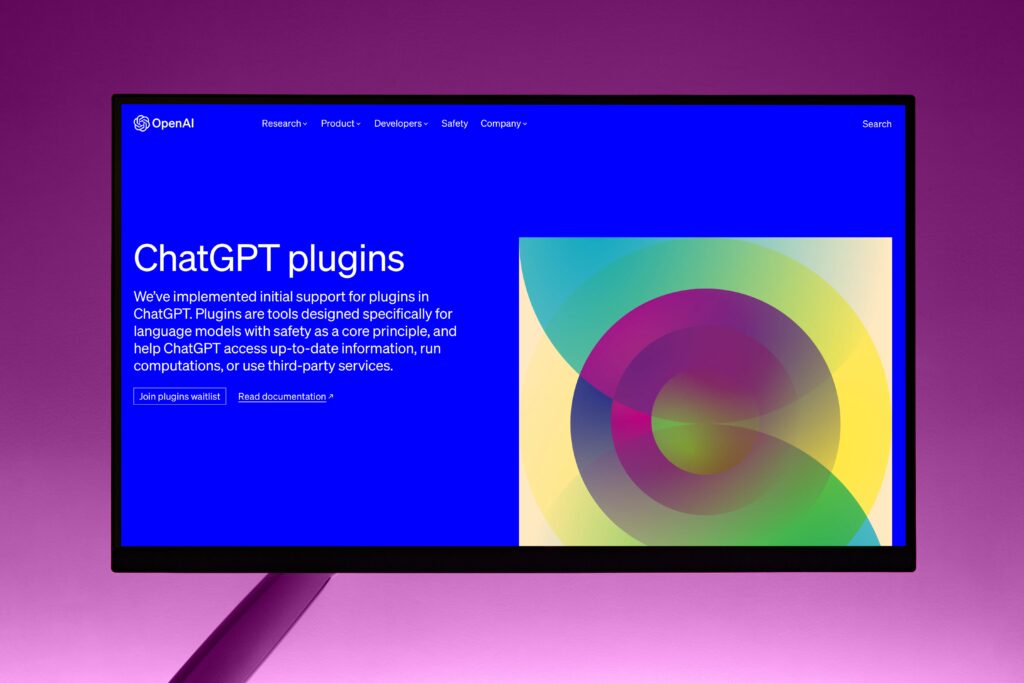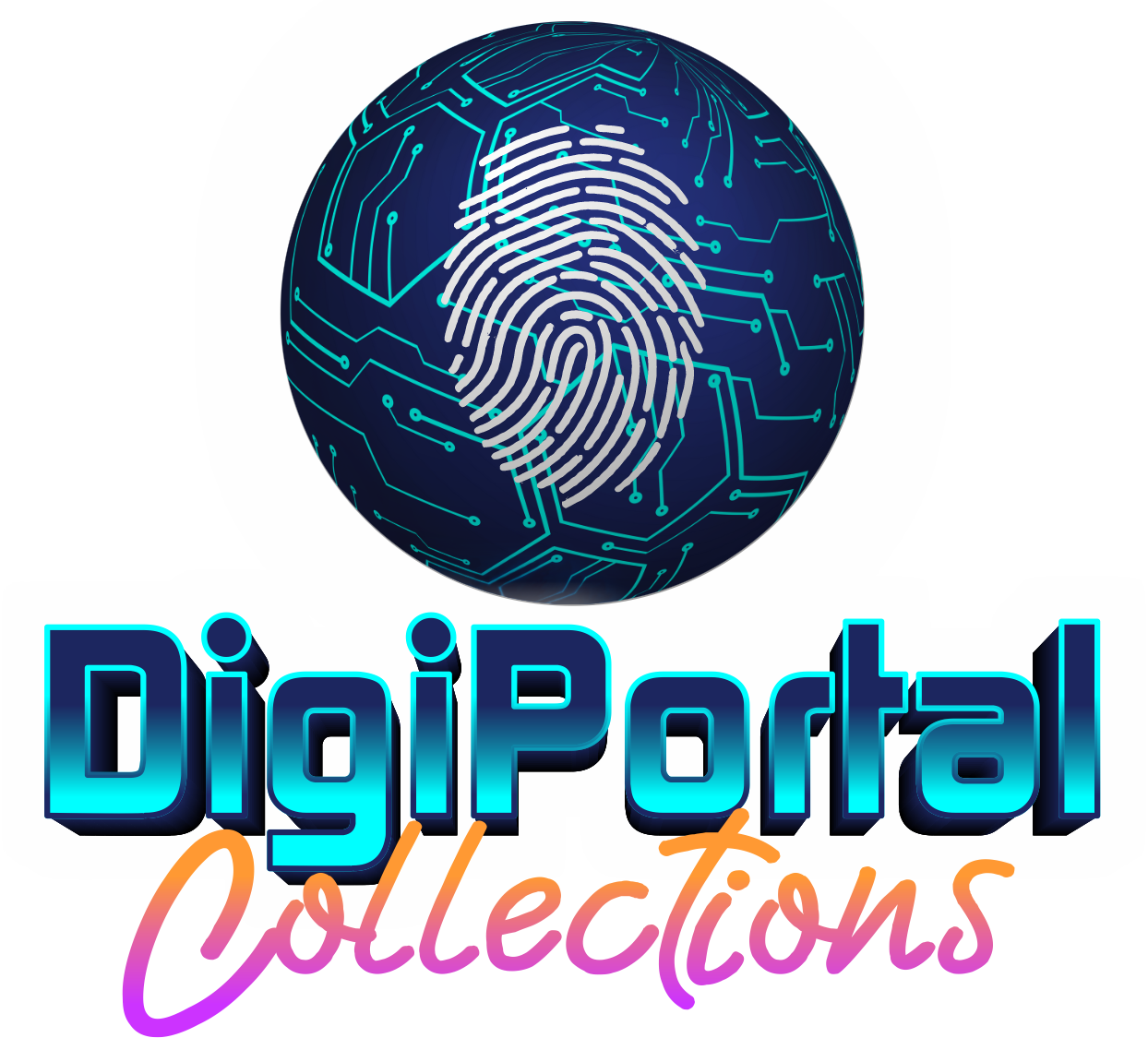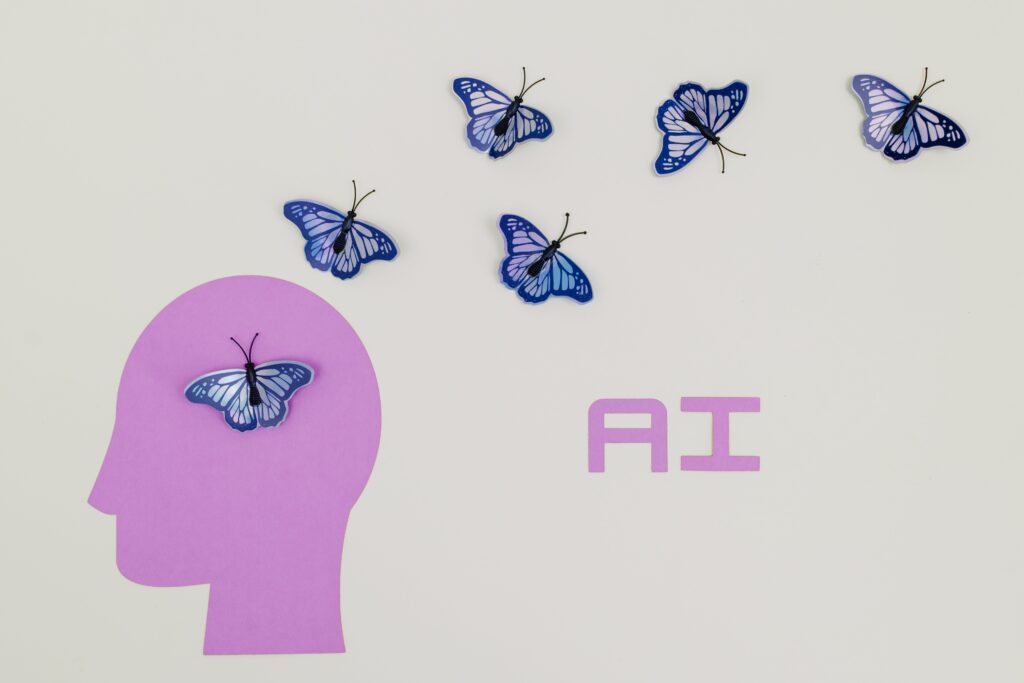Table of Contents
Intro

Artificial Intelligence (AI) is a rapidly evolving technology that has the potential to revolutionize our world in countless ways. From self-driving cars to virtual personal assistants, AI is already becoming a part of our daily lives. But what does the future hold for this powerful technology? Will it bring about a utopian society or a dystopian nightmare? In this blog post, we will explore the current state of AI, its potential for the future, and what you need to know about this game-changing technology. Whether you are a tech enthusiast, a business owner, or simply curious about the future, read on to discover the latest developments in AI and what it means for all of us.
Understanding Artificial Intelligence and Its Current Implications

Artificial Intelligence (AI) has been a hot topic in recent years, with advancements in this field constantly pushing the boundaries of what is possible. AI refers to the development of computer systems that can perform tasks that would typically require human intelligence. These tasks can range from analyzing data, recognizing patterns, making decisions, and even engaging in natural language conversations.
One of the most significant applications of AI that we see today is in chatbots. These conversational agents have become increasingly sophisticated and are capable of understanding and responding to human queries in a natural and conversational manner. Chatbots are being integrated into various industries, from customer service to healthcare, offering personalized assistance and support.
OpenAI, a prominent player in the AI space, has developed an AI chatbot known as ChatGPT, which has gained considerable attention due to its impressive capabilities. ChatGPT is built on OpenAI’s GPT-3 model, which stands for “Generative Pre-trained Transformer 3.” This state-of-the-art model has been trained on a vast amount of text data and is capable of generating human-like responses. With its ability to engage in coherent and context-aware conversations, ChatGPT is pushing the boundaries of what AI can do.
ChatGPT represents a major leap in AI technology and has sparked a lot of excitement and curiosity among tech enthusiasts. Its potential applications are vast, ranging from providing virtual personal assistants to enabling more natural human-computer interactions. The AI community is eagerly awaiting the next iteration, ChatGPT-4, which is expected to be even more advanced and capable.
However, it’s important to recognize that AI technology is still in its midjourney, and there are limitations and ethical concerns that need to be addressed. While AI chatbots like ChatGPT can generate impressive responses, they are still prone to errors and biases. OpenAI acknowledges this and is actively working on improving the system’s limitations and addressing the concerns raised by the community.
Despite these challenges, the future of AI looks promising. The integration of AI technology into our daily lives is inevitable, and we can expect to see continued advancements and innovations in this field. As AI companies continue to invest in research and development, we will witness the emergence of new and exciting AI applications, from AI-generated art to AI-powered medical diagnostics.
ChatGPT – A Major Leap in AI Technology

ChatGPT, developed by OpenAI, represents a major leap in AI technology. This state-of-the-art chatbot is built on OpenAI’s GPT-3 model, which stands for “Generative Pre-trained Transformer 3.” GPT-3 has been trained on a vast amount of text data, allowing ChatGPT to generate human-like responses and engage in coherent and context-aware conversations.
The capabilities of ChatGPT are impressive and have sparked excitement and curiosity among tech enthusiasts. This AI chatbot has the potential to revolutionize the way we interact with technology, offering virtual personal assistants and enabling more natural human-computer interactions.
One exciting aspect of ChatGPT is its potential for application in various industries.
It can be integrated into customer service systems, providing personalized assistance and support to customers. In the healthcare industry, ChatGPT can assist with patient queries and offer medical advice. The possibilities are endless.
But ChatGPT is just the beginning. OpenAI is already working on the next iteration, ChatGPT-4, which is expected to be even more advanced and capable. This continuous development and improvement in AI technology are driving the field forward, creating a path for new and exciting AI applications.
Another area where AI technology is making strides is in generative AI, particularly in the field of art. AI-generated paintings and artwork are gaining recognition and appreciation in the art world. Artists and creators are using AI tools to explore new creative possibilities and push the boundaries of traditional art forms.
While ChatGPT and other AI technologies show great promise, it’s important to acknowledge that they are still in their midjourney. There are limitations and ethical concerns that need to be addressed. AI chatbots like ChatGPT are prone to errors and biases, and OpenAI is actively working to improve the system and address community concerns.
Learning How to Harness the Power of ChatGPT Effectively

As AI technology continues to advance, harnessing the power of chatbots like ChatGPT can greatly enhance our interactions with technology. Whether you’re a tech enthusiast or a business owner looking to integrate AI into your operations, learning how to effectively use ChatGPT is essential. In this section, we will explore some practical tips and strategies to help you make the most of this powerful AI tool.
First and foremost, it’s important to familiarize yourself with the capabilities and limitations of ChatGPT. While it can generate impressive responses and engage in coherent conversations, it is still a machine and is prone to errors and biases. Understanding these limitations will help you set realistic expectations and avoid potential misunderstandings.
Next, consider the context in which you plan to use ChatGPT. Whether you’re integrating it into your customer service system or using it as a virtual personal assistant, tailoring its responses to the specific needs of your users is crucial. Take the time to customize and train the model to better align with your desired outcomes. This may involve providing specific guidelines or prompts to guide its responses and ensure accuracy.
Additionally, actively monitoring and evaluating the performance of ChatGPT is important. Regularly reviewing its conversations and addressing any errors or biases will help improve its performance over time. OpenAI is constantly working on refining their models and addressing concerns raised by the community, so staying updated on their progress and updates is essential.
Another important aspect of effectively using ChatGPT is considering the ethical implications. As AI becomes increasingly integrated into our daily lives, it is crucial to ensure that its use is transparent, fair, and respects user privacy. Being mindful of the potential risks and challenges associated with AI technology will help mitigate any negative impacts and ensure responsible usage.
Staying updated on emerging trends and advancements in AI technology is also crucial. As OpenAI continues to work on improving their models, staying aware of the latest updates and features will enable you to continually optimize your use of ChatGPT and stay at the forefront of AI integration.
ChatGPT 4

Introducing ChatGPT 4, the next iteration of OpenAI’s impressive AI technology. Building upon the success of its predecessor, GPT-3, ChatGPT 4 takes AI capabilities to new heights. This latest version is more creative, collaborative, and advanced than ever before, promising an enhanced user experience and expanded functionality.
One of the notable features of ChatGPT 4 is its ability to generate, edit, and iterate with users on creative and technical writing tasks. Whether you need assistance with brainstorming ideas, crafting engaging content, or fine-tuning your writing, ChatGPT 4 has you covered. With its improved reasoning capabilities, it can provide valuable insights and suggestions, helping you achieve your desired outcomes more effectively.
In terms of performance, GPT-4 surpasses its predecessor. It outperforms ChatGPT in scoring higher approximate percentiles among test-takers, showcasing its advanced capabilities and improved accuracy. OpenAI has also focused on enhancing safety and alignment, dedicating six months to make GPT-4 safer and more aligned with user needs.
Through the incorporation of human feedback and insights from over 50 experts in AI safety and security, GPT-4’s behavior has been refined to prioritize ethical considerations. It is now 82% less likely to respond to requests for disallowed content and 40% more likely to produce factual responses compared to its predecessor, GPT-3.5.
Furthermore, GPT-4’s advanced reasoning and instruction-following capabilities have expedited safety work. It has been instrumental in creating training data for model fine-tuning and iterating on classifiers across training, evaluations, and monitoring processes. This iterative approach ensures that GPT-4 continues to evolve and improve over time.
As ChatGPT 4 enters the scene, the future of AI becomes even more promising. Its increased capabilities, improved safety measures, and refined behavior make it a valuable tool for a wide range of applications, from creative writing to technical assistance. OpenAI’s dedication to enhancing AI technology demonstrates their commitment to delivering powerful, reliable, and user-friendly solutions.
Whether you’re an artist, a writer, or a curious tech enthusiast, ChatGPT 4 opens up new possibilities and propels AI technology further along its exciting midjourney.
The Future Trajectory of AI: Predictions and Expectations

As we look ahead to the future trajectory of AI, there are numerous predictions and expectations that can guide us in understanding the potential of this groundbreaking technology. One key area of focus is the development of conversational AI, particularly in the form of chatbots like ChatGPT.
Emerging tech trends indicate that AI will continue to permeate various industries and transform the way we live and work. Virtual personal assistants powered by AI, like ChatGPT, have the potential to become ubiquitous, providing personalized support and assistance in our everyday lives. From managing our schedules and tasks to answering complex queries, AI chatbots will become increasingly adept at emulating human-like interactions and delivering exceptional service.
Another exciting development is the intersection of AI and creative fields. AI-generated art, such as paintings and music, has been gaining recognition and appreciation in recent years. With the ability to analyze vast amounts of data and identify patterns, AI systems are pushing the boundaries of traditional art forms, creating unique and thought-provoking pieces. This fusion of human creativity and AI technology has the potential to open up new realms of artistic expression and innovation.
In the business world, the adoption of AI is expected to skyrocket. Companies are realizing the potential of AI-powered solutions for optimizing operations, streamlining processes, and improving customer experiences. AI chatbots, like ChatGPT, can play a crucial role in enhancing customer service, providing quick and accurate responses, and enabling businesses to deliver personalized interactions at scale.
Furthermore, AI technology is expected to become more accessible and user-friendly. OpenAI’s focus on research and development, as well as collaborations with organizations like Google Cloud’s Vertex AI, demonstrates a commitment to democratizing AI and making it accessible to a wider range of users. This accessibility will empower individuals and businesses to leverage AI tools effectively, even without extensive technical expertise.
However, as AI continues to advance, it is essential to remain mindful of ethical considerations. Transparency, fairness, and privacy should be prioritized in the development and deployment of AI systems. Ensuring that AI technology is used responsibly and with a focus on benefiting society as a whole will be crucial in navigating the future of AI.
Preparing Yourself for the AI Revolution: Practical Tips and Strategies

As we prepare ourselves for the AI revolution, it’s important to equip ourselves with practical tips and strategies to make the most of this groundbreaking technology. Whether you’re a curious tech enthusiast or a business owner looking to integrate AI into your operations, here are some key tips to consider.
Firstly, stay informed and keep up with the latest developments in AI. The field of AI is constantly evolving, and new advancements are being made regularly. By staying updated, you’ll be able to take advantage of the latest features and functionalities offered by AI tools like ChatGPT. Follow reputable sources, join AI communities, and engage in discussions to expand your knowledge and understanding of this technology.
Secondly, embrace a learning mindset. AI technology is still in its midjourney, and there is always something new to learn. Take the time to familiarize yourself with the capabilities and limitations of AI tools, such as ChatGPT. Experiment with different prompts and guidelines to train the model and optimize its responses for your specific needs. By continuously learning and adapting, you’ll be able to harness the full potential of AI in your interactions.
Next, prioritize ethics and responsible AI usage. AI technology raises important ethical considerations, such as transparency, fairness, and privacy. As you integrate AI tools into your personal or business operations, make sure to adhere to ethical guidelines and regulations. Consider the impact of your AI applications on individuals and society as a whole, and strive to use AI technology in a way that benefits everyone.
Collaboration is another key strategy for preparing yourself for the AI revolution. Engage with others who are also exploring the potential of AI, whether it’s through networking events, online forums, or professional organizations. By collaborating and sharing experiences, you can learn from others’ insights, gain different perspectives, and collectively contribute to the advancement of AI.
Lastly, don’t be afraid to experiment and take risks. AI technology, like ChatGPT, offers a wide range of possibilities, and the only way to truly understand its potential is to dive in and try it out. Embrace a mindset of curiosity and innovation, and be willing to explore different applications and use cases for AI. By taking calculated risks and pushing the boundaries of what is possible, you may discover new and exciting ways to leverage AI for your personal or professional growth.
Conclusion
In conclusion, preparing yourself for the AI revolution requires a combination of knowledge, curiosity, ethical considerations, collaboration, and a willingness to take risks. By following these practical tips and strategies, you’ll be well-equipped to navigate the future of AI and make the most of its transformative capabilities. Embrace the opportunities that AI technology presents and continue to learn and adapt as the field continues to evolve.




Thanks for sharing. I read many of your blog posts, cool, your blog is very good.
Thank you 🙂
Your article helped me a lot, is there any more related content? Thanks!
More related content here:
https://digiportal.site/category/tech/
Thanks for sharing. I read many of your blog posts, cool, your blog is very good.
Thank you for reading!